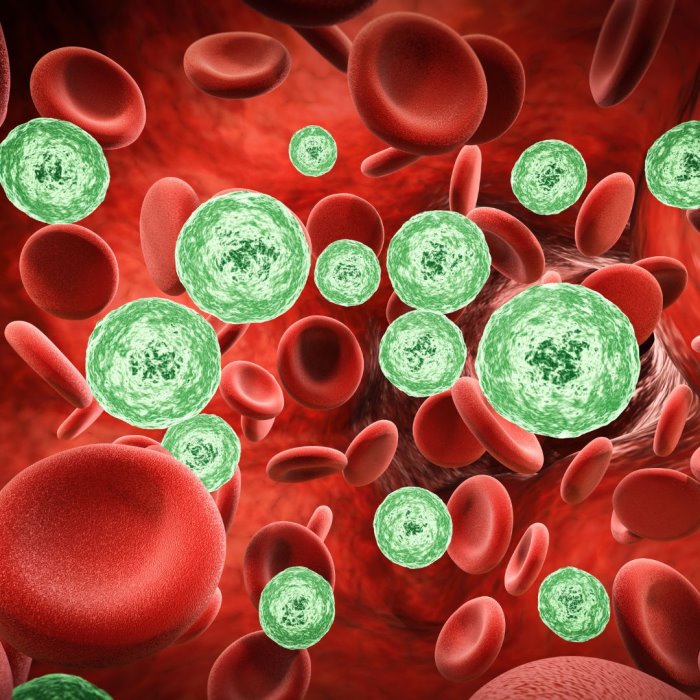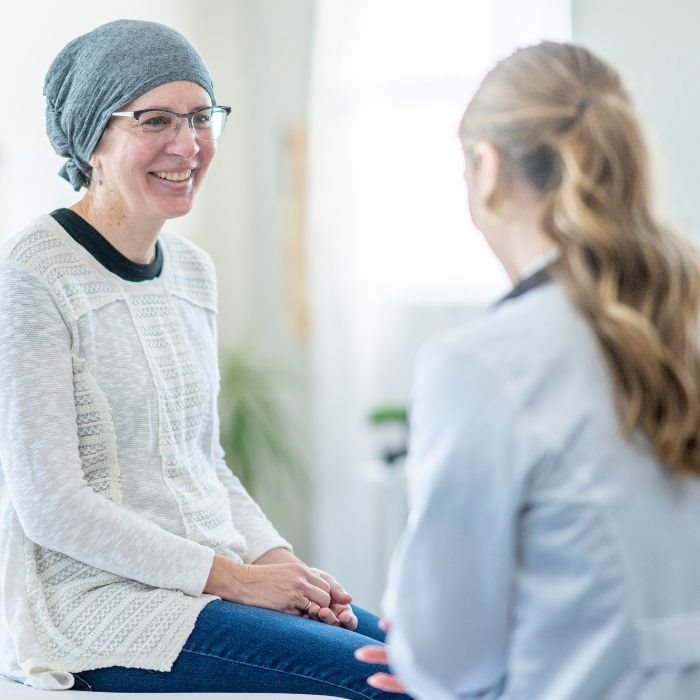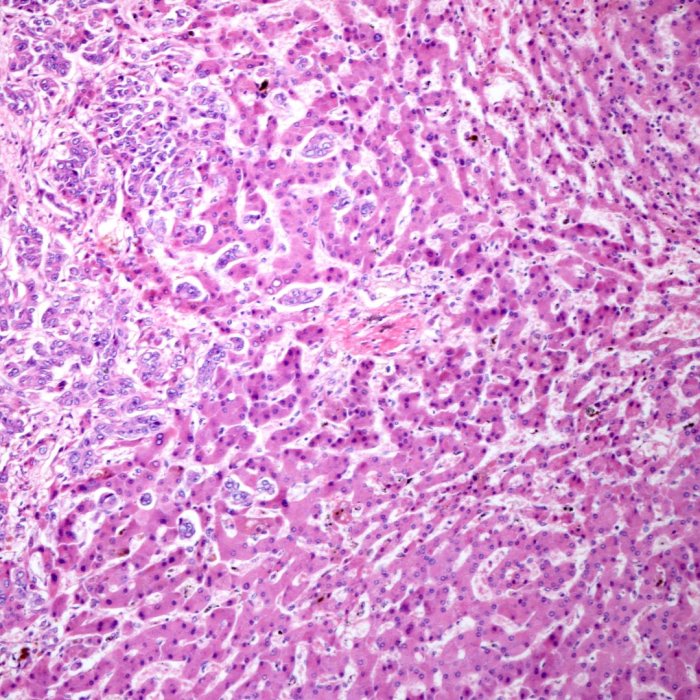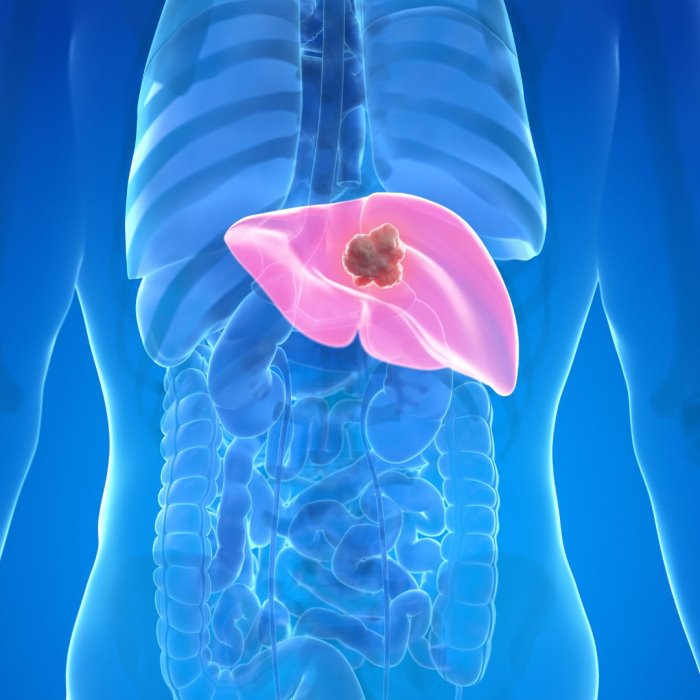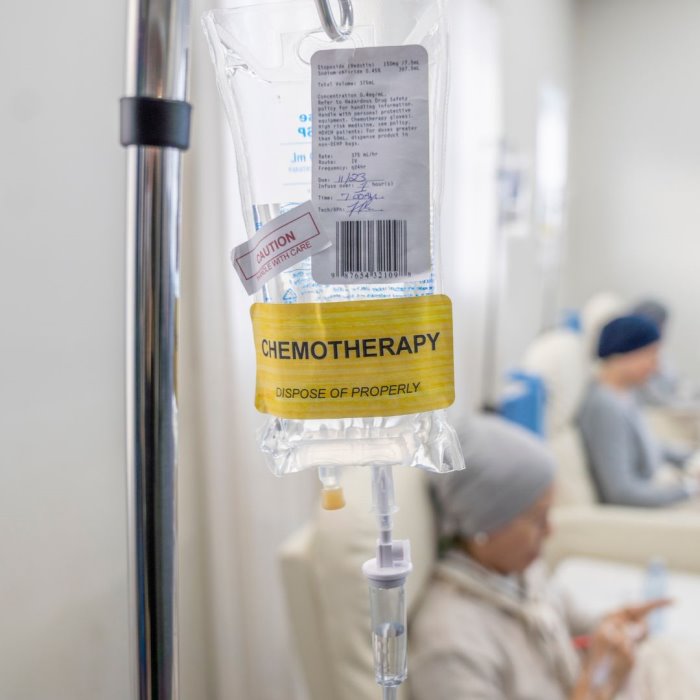Phone
+90 532 203 7931Emily's Triumph: From Despair to Hope
Fifty-eight-year-old teacher Emily had pancreatic cancer that had invaded the portal vein and the superior mesenteric artery. Her initial prognosis was grim, as locally she was told by doctors that the tumor was inoperable due to its very wide vascular involvement. All that was then possible was a potential heaping of palliative care, and everything seemed upside-down for Emily. But after she visited the pancreatic cancer center of excellence, hope came her way. This surgical team suggested an aggressive approach: to perform vascular reconstruction with resection of the tumor.
It was complicated surgery for the removal and reconstruction of the affected blood vessels, but it succeeded. The tumor was completely removed and blood flow restored. The post-operative recovery period was tough on Emily, but her will and the expertise of the medical team saw her through. More than that, today Emily is cancer free and back in the classrooms, pursuing her passion for teaching-an inspiration to many fighting the disease.
The case of Emily is one of the life-saving advanced surgical techniques in pancreatic cancer, stating that even in vascular invasion, all is not lost, and still hope for a successful outcome exists.
Empowering Advanced Surgical Techniques from Real-World Cases
Stories like Emily's are becoming increasingly common as sophisticated surgical techniques develop. Vascular reconstructions and shunt surgeries have been devised for patients with pancreatic cancer that is involved with major blood vessels, really making the impossible possible. Techniques that not only remove the tumor but deal with complex vascular involvement classically limiting surgical options.
In another remarkable case, John, a 64-year-old businessman, was in a similar predicament with his pancreatic tumor encasing the superior mesenteric vein. The prognosis from this was really very bad at the beginning, since very few avenues of treatment were available. He attended and underwent a successful SMV resection and reconstruction; John is now in remission, living life fully with his family and actively engaged in advocacy in increasing awareness on pancreatic cancer.
These real-life outcomes illustrate the sea-change that modern surgical approaches can have. They convey how essential it is to seek treatment in specialized centers where such advanced options can be offered by multidisciplinary teams.
Clinical Trials and Research: Extending the Boundaries
While Emily's and John's are excellent examples of success stories, continuous clinical trials and ongoing research push the envelope still further. These are directed toward refining existing techniques and developing new surgical methods for better patient outcomes.
For example, active clinical trials are underway studying neoadjuvant therapy—chemotherapy or radiation given prior to surgery—shrink tumors and decrease vascular involvement so surgical resection can be more possible. In addition, studies are ongoing examining novel ways of blood vessel protection and reconstructive techniques at the time of surgery, allowing this complement of life-saving procedures to be extended to more patients.
Advances in imaging are thus making a difference in terms of surgical planning and execution. High-resolution imaging and intraoperative navigation tools enable surgeons to better delineate the extent of the tumor in relation to surrounding blood vessels, thus improving treatment outcomes.
Future Directions: How Patients Will Benefit
This means that the future for the treatment of pancreatic cancer, especially in vascular invasion, is very bright. The development of surgical techniques allows more and more patients to receive life-saving surgery judged to be too risky or impossible to conduct. Moreover, the integration of new technologies and therapies further improves survival rate and quality of life of patients.
Staying on top of developments in this area is the responsibility of patients and families of patients. It may further empower them by giving them the knowledge of new treatment options and clinical trials that open avenues to reach for treatment.
Real-World Success and Future Hope
Stories of patients like Emily and John do prove that even in the most hopeless battles, there is hope. These techniques, after all advanced surgical, are not any mere theories; they have saved lives and will go on to save more. With research pushing the envelope along with the clinical trials, even better times seem to beckon the future of pancreatic cancer treatment.
These case stories offer patients with vascular invasion and pancreatic cancer hope and something to hold on to: that, yes, good care may indeed mean the difference between survival or not. Staying informed and seeking specialized treatment centers can make all the difference in opening doors to life-saving interventions and a brighter future.
